Which of the following species is aromatic?
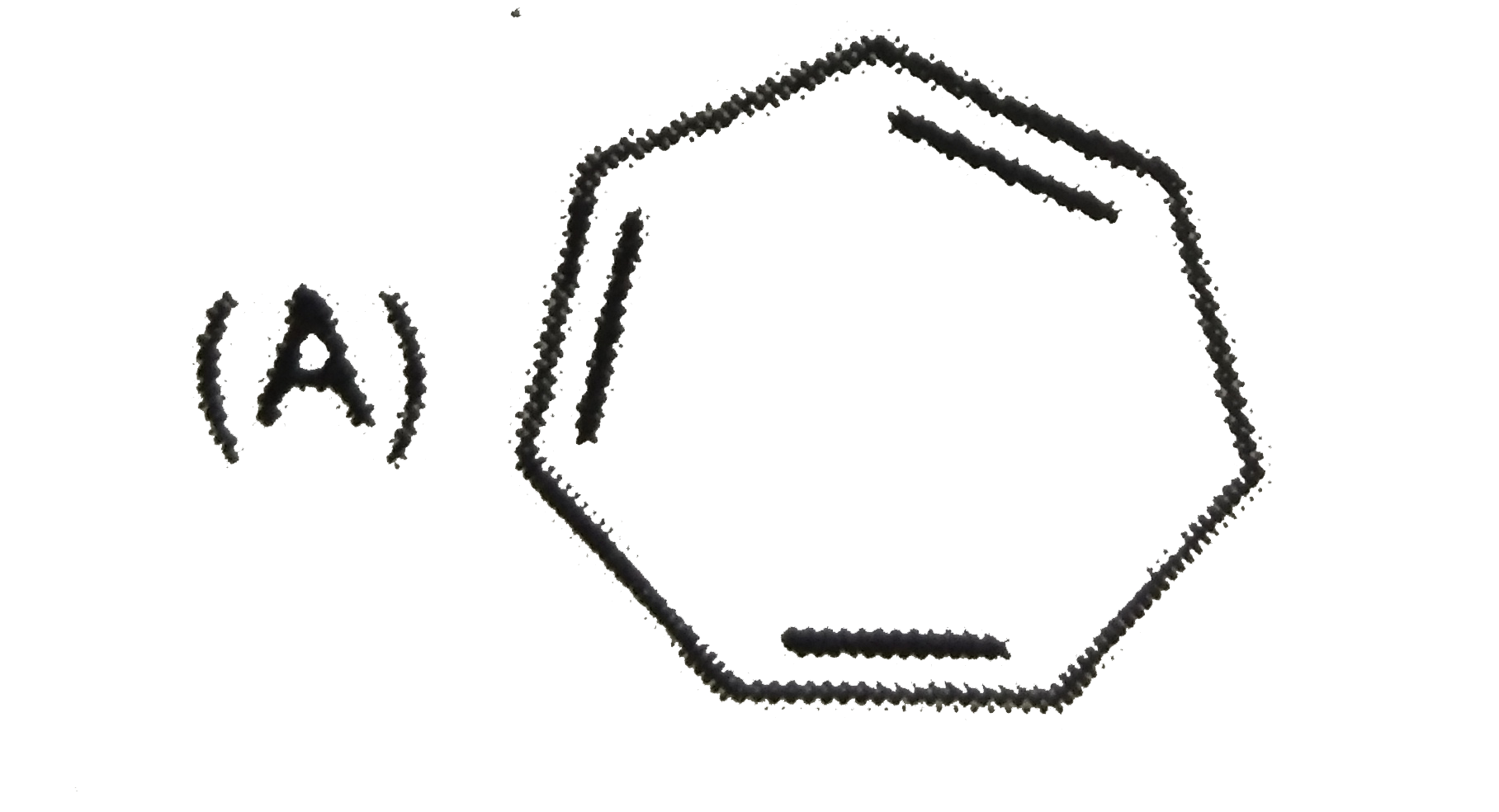
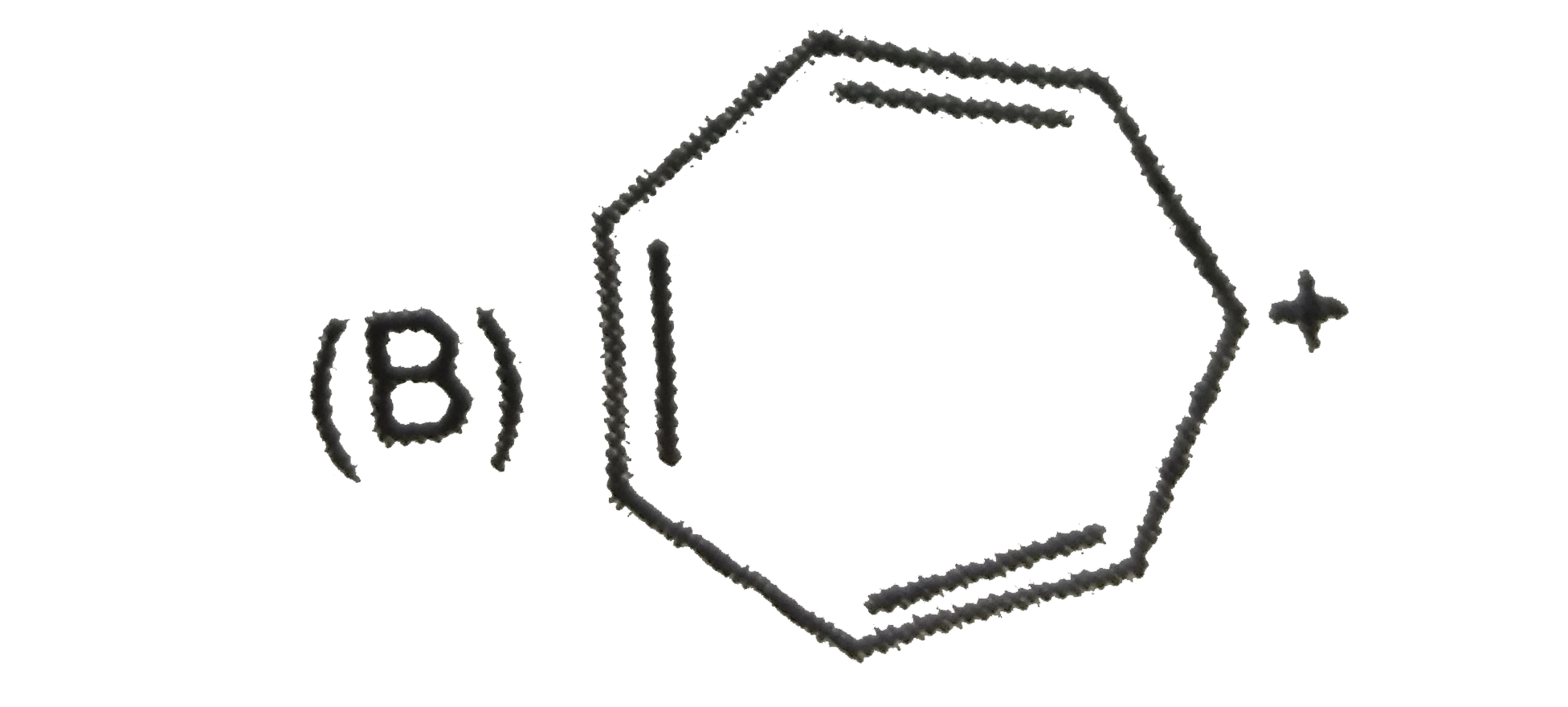
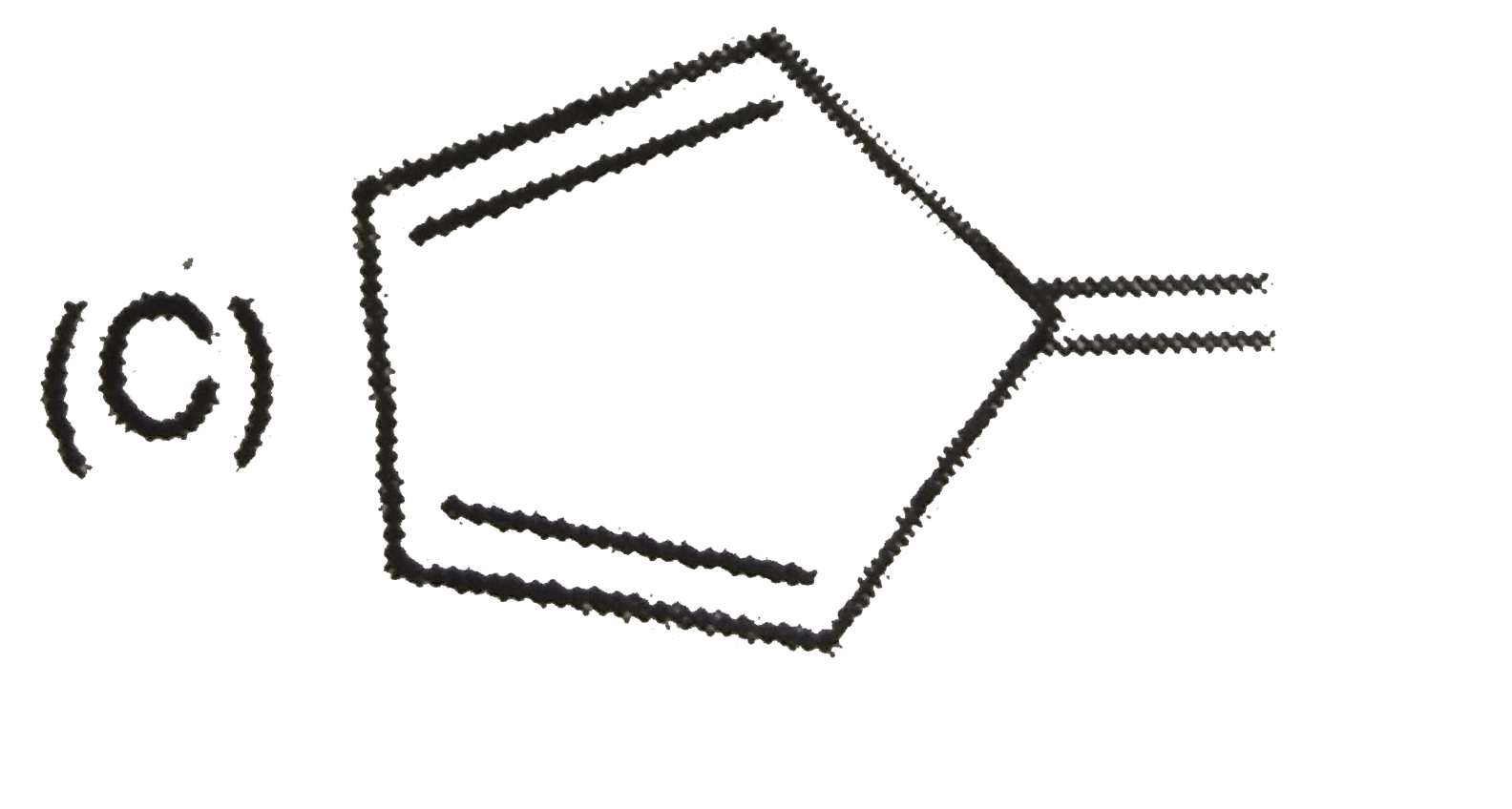

The correct Answer is:B
To determine which of the given species is aromatic, we need to apply the criteria for aromaticity. Aromatic compounds must satisfy the following conditions:
1. Cyclic structure: The molecule must be cyclic.
2. Planarity: The molecule must be planar, allowing for overlap of p-orbitals.
3. Complete conjugation: There must be a continuous overlap of p-orbitals, allowing for delocalization of electrons.
4. Hückel's rule: The molecule must have (4n + 2) π electrons, where n is a non-negative integer.
Now, let's analyze each option step by step:
Step 1: Analyze the first option
- Hybridization: The atom in the first option is sp³ hybridized.
- Planarity: Since sp³ hybridized atoms are tetrahedral, this structure is not planar.
- Conclusion: This species does not meet the criteria for aromaticity.
Step 2: Analyze the second option
- Hybridization: The atoms in the second option are sp² hybridized.
- Cyclic structure: It is a closed ring.
- Conjugation: The structure allows for delocalization of π electrons.
- Electron count: It has 6 π electrons, which fits Hückel's rule (4n + 2, where n = 1).
- Conclusion: This species is aromatic.
Step 3: Analyze the third option
- Electron count: This species has 4 + 4 π electrons.
- Hückel's rule: It does not satisfy Hückel's rule as it has 8 π electrons, which does not fit the (4n + 2) rule.
- Conclusion: This species is not aromatic.
Step 4: Analyze the fourth option
- Electron count: This species has 8 π electrons.
- Hückel's rule: Similar to the third option, it does not satisfy Hückel's rule.
- Conclusion: This species is not aromatic.
Final Conclusion
The only species that meets all the criteria for aromaticity is the second option. Therefore, the correct answer is:
Option 2 is aromatic.
---
2. Planarity: The molecule must be planar, allowing for overlap of p-orbitals.
3. Complete conjugation: There must be a continuous overlap of p-orbitals, allowing for delocalization of electrons.
4. Hückel's rule: The molecule must have (4n + 2) π electrons, where n is a non-negative integer.
- Hybridization: The atom in the first option is sp³ hybridized.
- Planarity: Since sp³ hybridized atoms are tetrahedral, this structure is not planar.
- Conclusion: This species does not meet the criteria for aromaticity.
- Hybridization: The atoms in the second option are sp² hybridized.
- Cyclic structure: It is a closed ring.
- Conjugation: The structure allows for delocalization of π electrons.
- Electron count: It has 6 π electrons, which fits Hückel's rule (4n + 2, where n = 1).
- Conclusion: This species is aromatic.
- Electron count: This species has 4 + 4 π electrons.
- Hückel's rule: It does not satisfy Hückel's rule as it has 8 π electrons, which does not fit the (4n + 2) rule.
- Conclusion: This species is not aromatic.
- Electron count: This species has 8 π electrons.
- Hückel's rule: Similar to the third option, it does not satisfy Hückel's rule.
- Conclusion: This species is not aromatic.
The only species that meets all the criteria for aromaticity is the second option. Therefore, the correct answer is:
Topper's Solved these Questions
- BOOK - RESONANCECHAPTER - GENERAL ORGANIC CHEMISTRY-IEXERCISE - PART-III : PRACTICE TEST-21videos
GENERAL ORGANIC CHEMISTRY-I
- BOOK - RESONANCECHAPTER - GENERAL ORGANIC CHEMISTRY-IEXERCISE - PART-III : PRACTICE TEST-31videos
GENERAL ORGANIC CHEMISTRY-I
- BOOK - RESONANCECHAPTER - GENERAL ORGANIC CHEMISTRY-IEXERCISE - PRACTICE TEST-130videos
GENERAL ORGANIC CHEMISTRY-I
- BOOK - RESONANCECHAPTER - GENERAL ORGANIC CHEMISTRY IIEXERCISE - Part-III: Section-5: Matching List Type1videos
GENERAL ORGANIC CHEMISTRY II
- BOOK - RESONANCECHAPTER - HYDROGEN AND ITS COMPOUNDSEXERCISE - INORGANIC CHEMISTRY(Hydrogen & its compunds Y environment chemistry)33videos
HYDROGEN AND ITS COMPOUNDS
Similar Questions
Knowledge Check
- Question 1 - Select One
Which of the following species is not aromatic ?
A B
B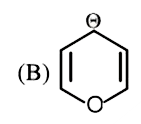 C
C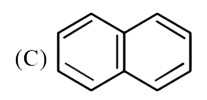 D
D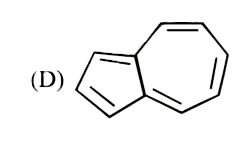
- Question 2 - Select One
Which of the following species is not aromatic ?
A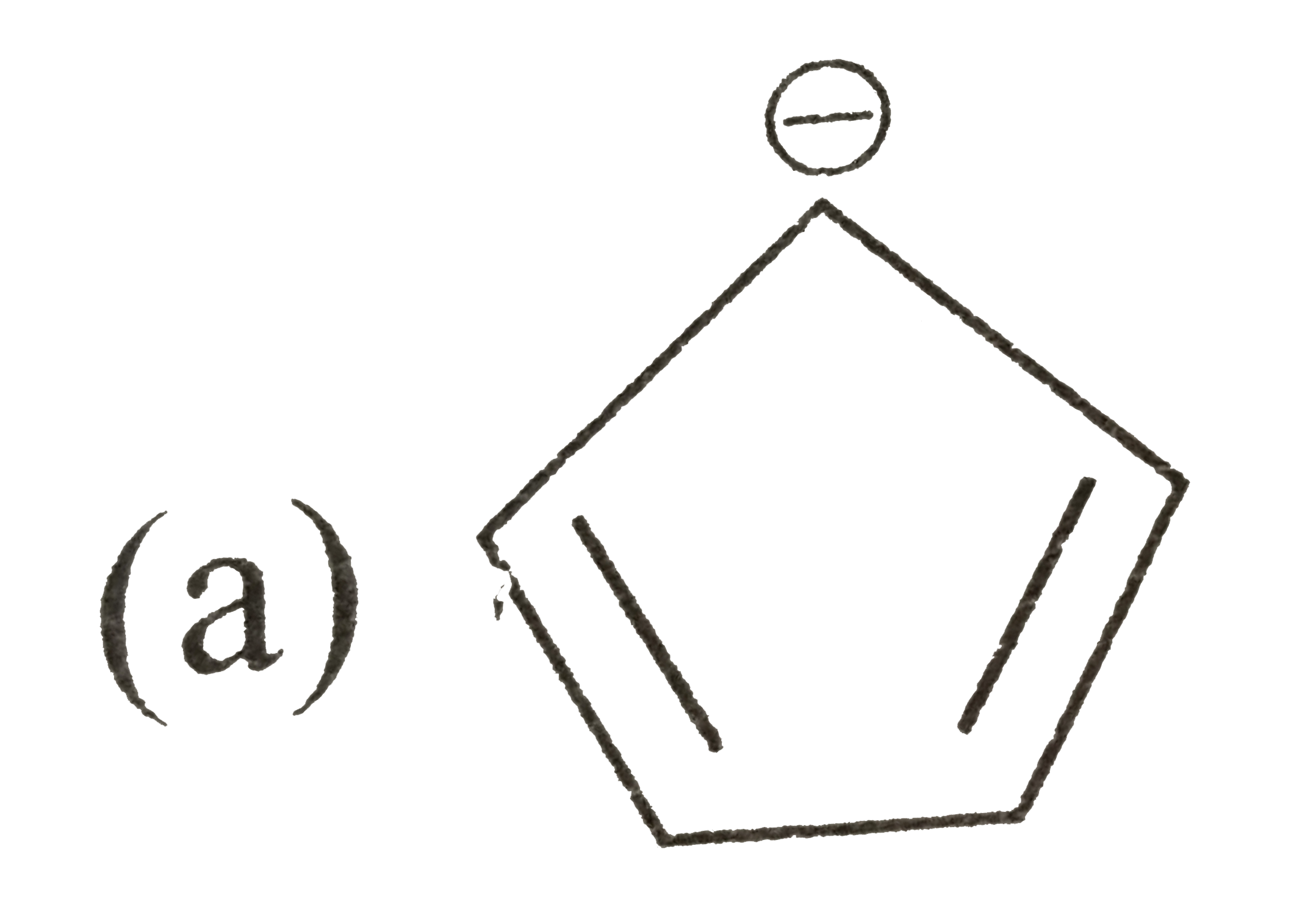 B
B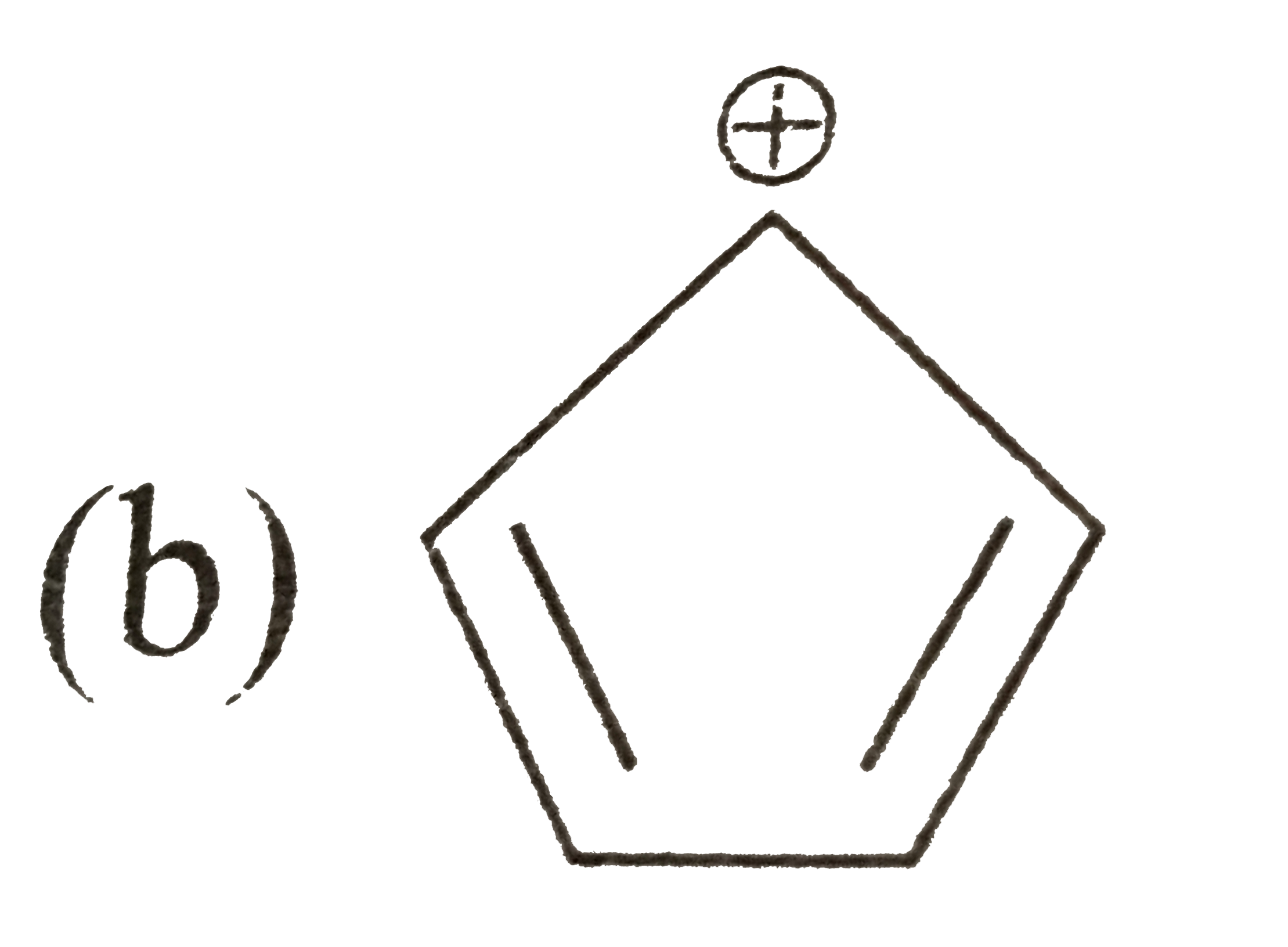 C
C D
D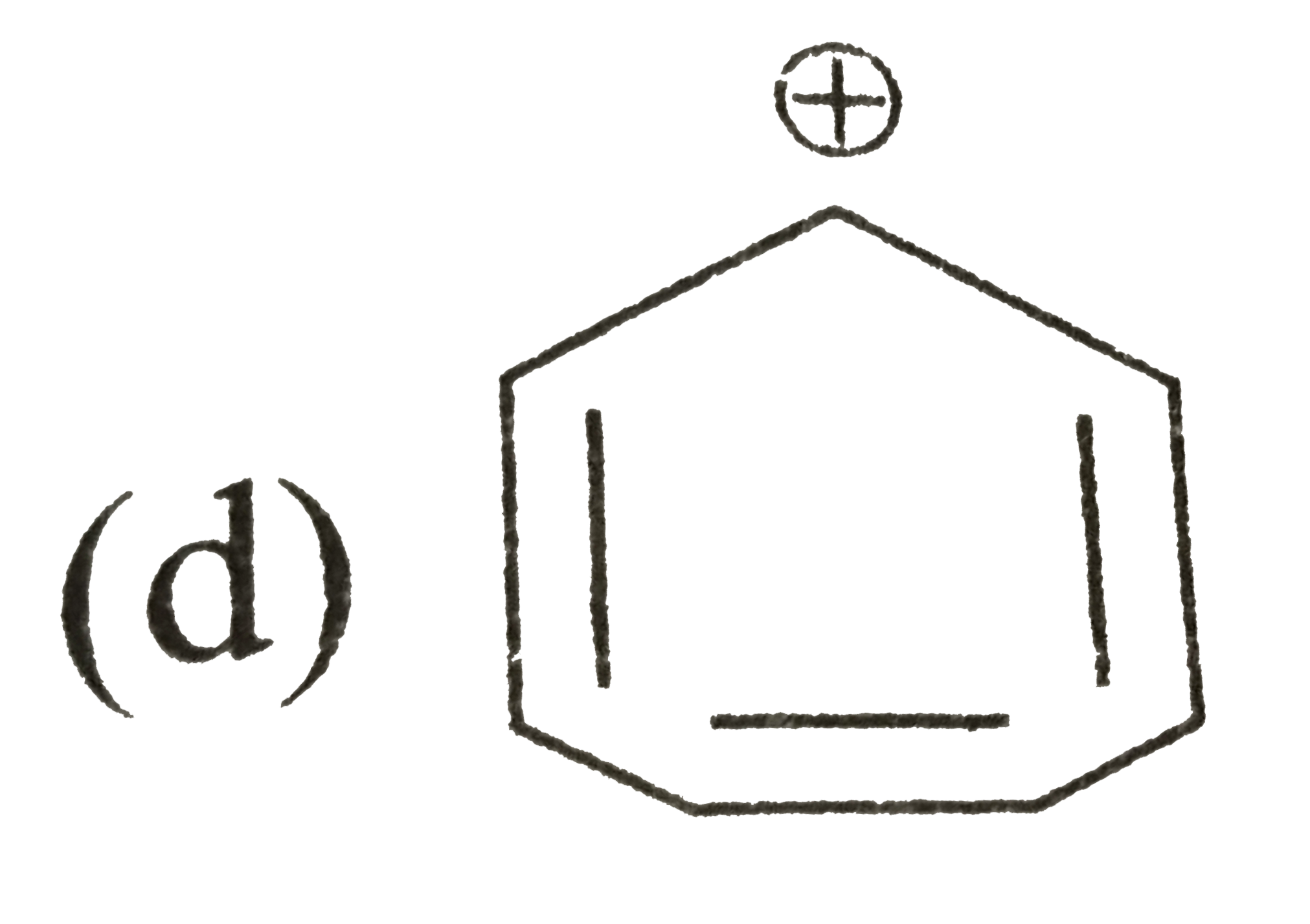
- Question 3 - Select One
Which of the following structure is aromatic ?
 AStructures I and IIBStructure I onlyCStructures II onlyDStructure III only
AStructures I and IIBStructure I onlyCStructures II onlyDStructure III only

